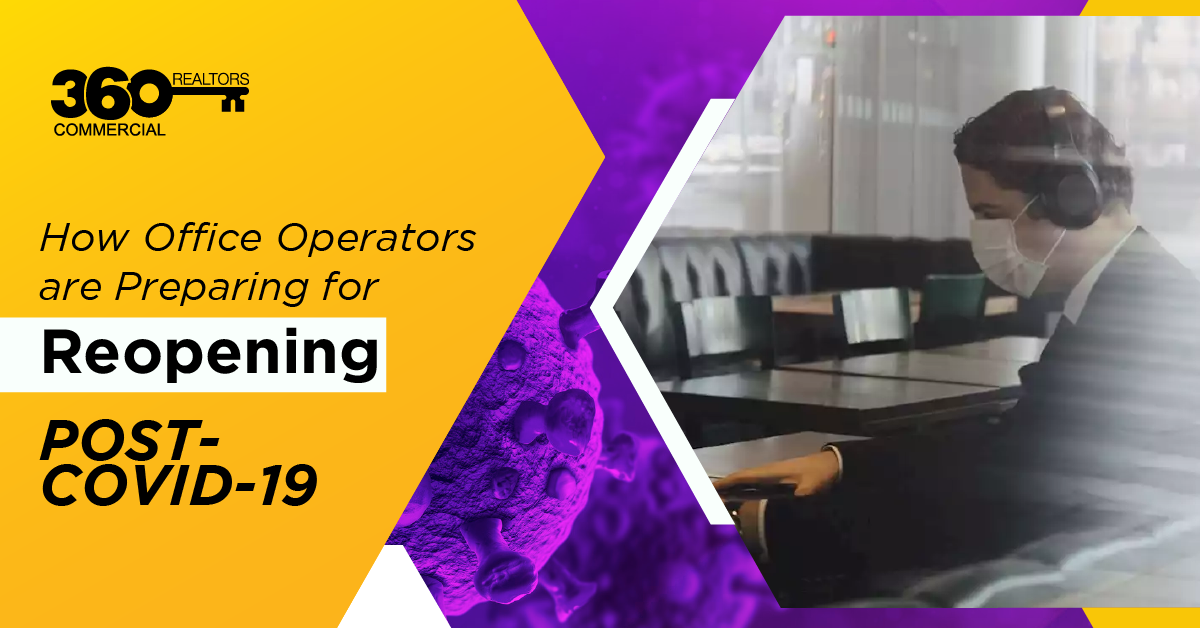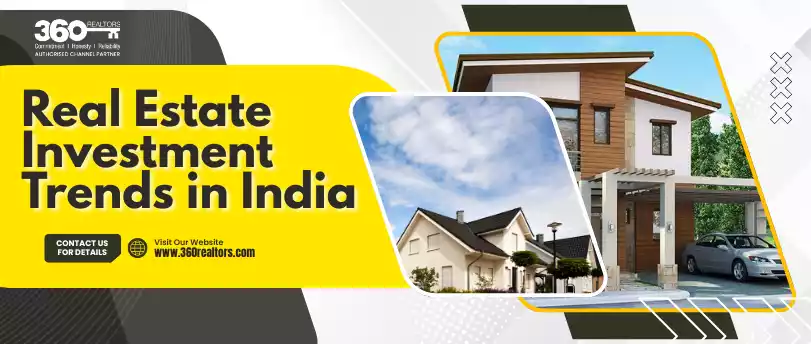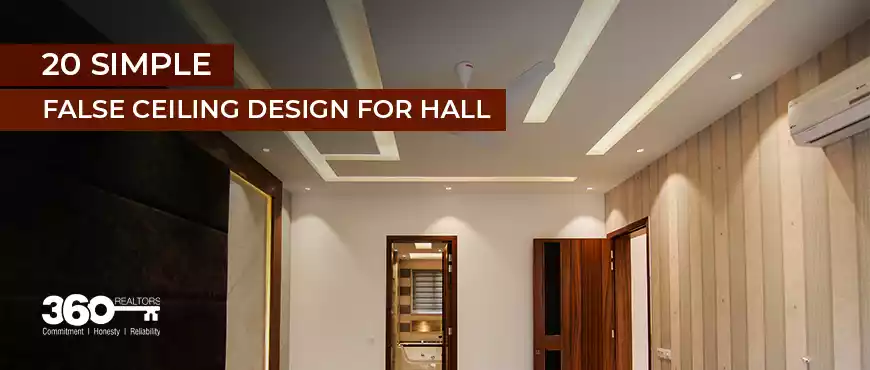The coronavirus pandemic has upended everything, including the trust of people in the spaces and places where they work. For the office real estate, this has introduced a new challenge: Once we are cleared to return to the office, it becomes a daunting task for the office real estate operators to convince their tenants that the ambiance they are working in is healthy and safe. It’s a challenge for developers, property managers, and office tenants alike. Some say our fundamental outlook on life and our comfort level in public places will never be quite the same as it was before COVID-19.
To plan for a new world, the response will likely parallel what we’re seeing in the public health community. In the immediate term, we’ll enter a ‘bridge’ phase until more becomes known about the virus. For example, if guidance on physical distancing changes from six feet to some other dimension, our work environments will need to adapt. Meanwhile, we need to understand what’s important to people in a post-pandemic world so we can plan for the ‘bridge’ phase.
Keeping The Personal Well Being At The Centre Of Everything:
The Covid-19 pandemic has raised everyone’s level of awareness about the potential for their surroundings to serve as breeding grounds for communicable viruses or disease. For the office real estate, the good news is that optimally and smartly designed buildings have the potential to decrease the rate of sickness, improve mental functions, outlook, and mood.
To put this in forth of the tenants, a great way is to document a building’s health status by meeting an agreed-upon industry standard. A performance-based system can be implemented for measuring, certifying, and monitoring building features that impact human health and well-being. A guideline like this will give building users more confidence in terms of the interior environment.
Short Term Solutions Includes:
• Revise and rethink on the meeting spaces
• Implementing building-wide cleaning protocols
• Updating and displaying of safety measures regularly
• Focusing on In-door air quality
Long Term Solutions Includes:
• Rethinking of the floor plan and de-densifying the offices
• Making the office spaces greener by implementing biophilic design elements
• Adding outdoor spaces can provide work areas with fresh air and can allow for social distancing
• Redesign air-filtration systems and bring more fresh air into spaces
Creating and Adhering to Guidelines:
In a bid to break the pandemic chain and to carry out the operations seamlessly, certain responsibilities have to be shouldered by the operators as well as the occupiers (tenants), the SOP that some of the big operators are deploying consists of best practices that should be adapted for a smoother re-start:
Building Facility Level:
• Deep sanitization of the entire building
• Provision of non-contact temperature measurement devices for checking of each person entering the premises
• Mandatory face masks
• Hand-washing and sanitizing facility for incoming vehicles
• Deep cleaning regularly of the air-conditioning systems
• Asking people riding elevators to stand facing the wall
• Keeping an ambulance on standby
Tenants Facility Level:
• Adequate disinfectants
• Cold fogging chemicals
• Hand sanitizers
• Face masks
• Hand gloves
• PPE for use in their office
• Installation of Aarogya Setu App by each employee
How the increase in safety standards will impact the OPEX Cost:
All the above-mentioned health and safety requirements are likely to push the operational expenditures of commercial complexes’ by at least 20%, according to estimates by industry experts. On the bases of the discussions with their tenants, large business parks and commercial complexes are planning to implement new safety and hygiene-related protocols- which includes-controlling access to managing the workplace density and changing commuting scheme- all this is done to come up with a seamless and smooth re-entry.
The enhanced Covid-19 safety protocols could spike the CAM (common area maintenance) costs. For now, the developer and operator are absorbing these costs, but certainly, the discussions on how to distribute these additional costs will start between the landlords and the tenants.
Apart from the increase in hygiene, operators will have to ensure that community zones like cafes and other hanging out zones have a pattern to prevent larger congregations, this may include redesigning and using technology in a better way to track and connect employees effectively. But this incremental cost will give a future-ready safer working environment and will boost the employee's confidence too, which will lead to a win-win situation for both the landlord and the tenants






